Nausea
Table of Contents
What is a Nausea?
Nausea is a diffuse feeling of anxiety and pain, sometimes sensed as an impulse to vomit. While not discouraging, it can be a debilitating sign if extended and has been defined as placing pain in the chest, abdomen, or back of the throat.
Nausea is a non-specific sign, which means that it has multiple possible causes. Some typical reasons for nausea are gastroenteritis and other gastrointestinal conditions, food poisoning, movement sickness, dizziness, migraine, fainting, lower blood sugar, anxiety, hyperthermia, dehydration, and absence of sleep. Nausea is a side product of multiple medicines including chemotherapy, or light sickness before pregnancy. Nausea may also be pushed by disgust and sadness.
Nausea is stomach pain and the sensation of vomiting. Nausea can be a forerunner to vomiting the ranges of the stomach. The condition has many reasons and can often be controlled.
It has been described as an ‘unpleasant easy subjective sense that one will imminently vomit’ [Hasler and Chey, 2003]. While nausea and vomiting are often believed to exist on a temporal continuum, this is not continuously the case. There are situations when trying nausea may be attending without emesis and less continually, when emesis may be attending without foregoing nausea. Most people convey that nausea is more characteristic, additional disabling, feels worse, and persists longer than vomiting [Stern et al. 2011]. Despite this, there is a precise knowledge of the mechanisms underlying nausea; much of which is almost nausea accompanying with emesis. With this in mind, the aim of this review is to discuss the current ability to comprehend the pathophysiological cause of nausea, review the diagnosis and management, and evaluate the proof for traditional and novel treatments.
Pathophysiology
The underlying instruments applied in nausea are involved and contain psychological states, the main nervous system, the autonomic nervous procedure, gastric dysrhythmias, and the endocrine method.
In order to comprehend the pathophysiology underlying nausea, it is required to present the concept of the passionate threshold [Stern, 2002]. It is suggested that each person has a threshold for nausea that varies minute by minute. At any provided point, the point turns on the exchange of certain intrinsic factors of the individual with the more changeable psychological states of fear, anticipation, expectation, and transformation[Stern, 2002]. This dynamic exchange likely describes the inter- and intra-individual variability that is commonly encountered at the beginning of a neurogenic stimulus [Stern, 2002].
Stimuli providing rise to nausea and vomiting develop from visceral, vestibular, and chemoreceptor trigger zone information which are judged by serotonin/dopamine, histamine/acetylcholine, and serotonin/dopamine, respectively. These relationships serve as the foundation on which recent pharmacological treatment for nausea and vomiting is suggested[Chepyala and Olden, 2008].
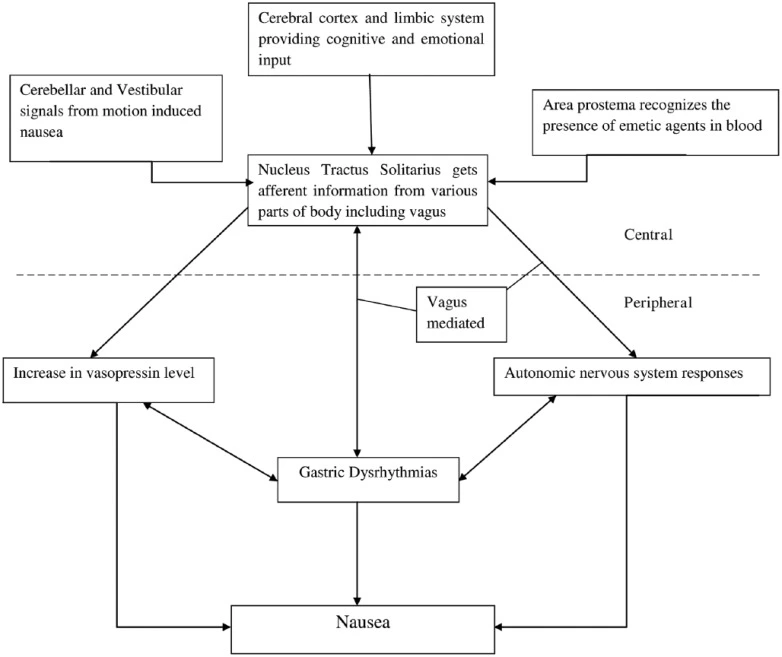
- Central nervous system:
- Stimuli can impact areas of the CNS including the cerebral cortex and the limbic method. These areas are triggered by high intracranial stress, irritation of the meninges (i.e. blood or infection), and severe emotional triggers such as anxiety. The supratentorial area is also accountable for the feeling of nausea.
- Chemoreceptor trigger area:
- The CTZ is discovered in the region postrema in the floor of the fourth ventricle within the brain. This area is beyond the blood-brain barrier and is therefore readily revealed to substances spreading via the blood and cerebral spinal fluid. Typical triggers of CTZ include metabolic irregularities, toxins, and medicines. Activation of the CTZ is moderated by dopamine (D2) receptors, serotonin (5HT3) receptors, and neurokinin receptors (NK1).
- Vestibular system:
- This system is triggered by disruptions to the vestibular device in the inner ear. These have movements that cause motion sickness and dizziness. This pathway is activated via histamine (H1) receptors and acetylcholine (ACh) receptors.
- Peripheral Pathways:
- These courses are activated via chemoreceptors and mechanoreceptors in the gastrointestinal tract, as nicely as other organs such as the heart and kidneys. Familiar activators of these courses contain toxins current in the gastrointestinal lumen and distension of the gastrointestinal lumen from backup or dysmotility of the bowels. Signals from these courses traverse via multiple neural lots including the vagus, glossopharyngeal, splanchnic, and sympathetic nerves.
Signals from any of these courses then travel to the brainstem, activating several structures including the middle of the solitary tract, the dorsal motor middle of the vagus, and the central design generator. These systems go on to signal different downstream results of nausea and vomiting. The body’s motor muscle reactions involve breaking the muscles of the gastrointestinal tract, and in fact, driving switched propulsion of gastric ranges towards the mouth while improving abdominal muscle compaction. Autonomic products interest expanded salivation and the sensation of touching light which often happens with nausea and vomiting.
What is constant Nausea?
People occasionally convey nausea as feeling unwell, taking sick, or having a sore stomach. Some individuals with nausea may even vomit.
Nausea is not a disorder, but a sign of multiple additional medical needs. Occasionally individuals with nausea will participate in other symptoms, such as:
- improved presentation of saliva
- dizziness
- light-headedness
- problem in swallowing
- differences in skin temperature
- fast heartbeat
- According to the American Family Physician (AFP), acute sickness stays for 1 month or less. Chronic nausea stays for better than 1 month.
When assessing someone who is frequently nauseous, a doctor will ask them straightforward inquiries to decide the cause. This will contain questions about:
- when nausea started
- when it arrives and goes
- the time of each episode
- whether People vomit, and if so, what the vomit examines like
- different associated signs
Causes of Nausea
There are many incentives for nausea. Some typical causes include:
- Movement sickness
- Early phases of pregnancy (nausea occurs in approximately 50%-90% of all pregnancies; hurling in 25%-55%)
- Medication-induced vomiting
- Severe pain
- Emotional stress (such as fear)
- Gallbladder disease
- Food poisoning
- Infections (such as the “stomach flu”)
- Overconsumption
- A response to certain smells or odors
- Heart attack
- Trauma or brain injury
- Brain tumor
- Ulcers
- Some states of cancer
- Bulimia or other psychological illnesses
- Gastroparesis or unhurried stomach emptying (a condition that can be seen in people with diabetes)
- Ingestion of toxins or undeserved amounts of alcohol
- Bowel block
- Appendicitis
Infections
- Several types of disease may cause sickness, including:
- Food poisoning or tummy flu
- One of the many widely accepted Original causes of nausea is gastrointestinal illnesses, such as those brought on by viruses or food poisoning.
Symptoms
- nausea
- stomach discomfort or cramping
- vomiting
- diarrhea
- Food poisoning happens when a person consumes food or drink including a virus, toxin, or bacterium, such as Salmonella and Escherichia coli. Other gastrointestinal viruses, such as norovirus or rotavirus, occur due to tight contact with somebody who is unhappy.
These conditions usually clear up on their own at home. Drinking enough liquids and electrolytes is significant for preventing dehydration, especially in young children.
Flu and COVID-19
Other kinds of viral diseases can also trigger nausea, such as flu and COVID-19. The signs of COVID-19 include :
- fever or colds
- the defeat of taste or smell
- cough
- shortness of breath
- tiredness
- headache
- body pains
- obstructed or runny nose
- irritated throat
- sickness
- vomiting
- diarrhea
Digestive disorders
A range of digestive diseases can induce nausea, including:
Gastritis
Acid or a bacterium named H. pylori often causes inflammation of the tummy, which can lead to tummy ulcers.
Gastroparesis: In this situation, the belly opens much more slowly than it should. Certain medicines or nerve injuries usually cause this, which is common in individuals with diabetes.
Gastroesophageal reflux disorder
Triggers chronic acid reflux and indigestion.
IBS
Reasons for stomach cramping, along with diarrhea or constipation.
Celiac disease: An autoimmune condition that induces symptoms in response to gluten.
Gallbladder conditions: Contains issues such as gallstones.
Pancreas conditions: Contains issues such as pancreatitis.
Typically, sickness is not the only sign of regular digestive diseases. A person may also participate:
- abdominal bloating or fullness
- gas or belching
- heartburn or indigestion
- diarrhea, constipation, or both
- abdominal discomfort and cramping
- responses or intolerance to specific foods or food companies
- The diagnosis and therapy for digestive conditions vary depending on the cause. They may involve a variety of drugs, dietary or lifestyle differences, or in some chances, medical techniques.
Mental health conditions
Mental fitness and digestive health are near linked. People with mental fitness conditions can participate in digestive symptoms, including sickness. Similarly, stress can also aggravate digestive disorders.
Individuals who frequently feel overwhelmed, anxious, or panicked may have an anxiety condition. The symptoms of anxiety contain:
- nausea
- fast heartbeat
- quick or shallow breathing
- choking feeling in the throat
- sweating
- dizziness
- tense muscles
- Unbearable anxiety can also activate panic attacks, or in some cases, fainting. For example, individuals with a worry about needles or blood may encounter sickness, dizziness, and loss of consciousness. This is known as vasovagal syncope.
People can also share a phobia of nausea and vomiting itself. Physicians call this emetophobia.
Therapy for anxiety diseases typically affects talking treatment, medication to control symptoms, or both.
Inner ear diseases
The vestibular method resides in the inner ear, allowing the body to retain a feeling of balance and know where it is close to its surroundings. Problems with this system can cause dizziness or vertigo, which in turn generates nausea.
Conditions that may cause this contain:
Motion sickness: Appears in response to inconsistent signs of movement sent to the brain. Riding in cars, planes, or boats often starts this.
Labyrinthitis: An inner ear disorder that can occur following a chilly or flu.
Vestibular neuritis: Occurs when the nerve inside the inner ear evolves enraged.
Meniere’s disease: Causes impulsive episodes of dizziness, which can be painful.
The treatment for inner ear infections can vary depending on the cause and the person. People with an ear condition may discover signs that enhance on their own over time, while over-the-counter (OTC) travel sickness remedies may be sufficient to ease periodic motion sickness.
Those with more chronic diseases may need to try different medicines, lifestyle changes, or coping procedures to control their symptoms.
Hormonal transformations
Differences in hormone categories, such as those generated by pregnancy, hormonal contraception, or endocrine diseases, may also cause nausea.
Pregnancy
Nausea is a specific sign during pregnancy. It is often known as a light condition, although it can occur at any moment. It may also create suddenly or slowly.
Pregnant individuals may encounter nausea when around certain meals or smells, or when they are hungry. Generally, sunrise infection enhances after 14 weeks.
Doctors may specify vitamin B6 or doxylamine to assist with nausea and vomiting during gestation.
Thyroid diseases
The thyroid gland regulates hormones that control the body’s metabolism. Both overactive and underactive thyroids can induce nausea.
Signs of an overactive thyroid, or hyperthyroidism, contain:
- nervousness
- fatigue or muscle weakness
- crankiness
- prejudice to heat
- problem in sleeping
- shaking hands
- fast heartbeat
- regular bowel movements
- weight loss and problems in gaining weight
Signs of an underactive thyroid, or hypothyroidism, contain:
- fatigue
- swollen face
- weight increase and difficulty in falling weight
- constipation
- intolerance to the cold
- dehydrated skin and hair
- depression
- more unhurried heartbeat
- Physicians often treat these diseases with medication, which can also induce nausea as a side effect.
Neurological diseases
There are multiple ways in which differences in the brain and anxiety system can cause nausea. Scientists do not completely comprehend them yet.
One of the multiple common neurological disorders that trigger nausea is migraine. This is a disease that induces episodes of moderate-to-intense headache, along with other signs, including:
- fair or sound sharpness
- nausea
- vomiting
- aura, which are neurological differences that some people participate before pain forms
- Some people also participate in silent or acephalgic migraine, which does not cause any discomfort.
There are several remedies for migraine. For rare or less intense episodes, people may find handling OTC discomfort medicines and bypassing triggers is enough. For extreme or regular migraine, a person may need preventive medications or other treatments.
More severe neurological reasons for nausea retain head trauma, meningitis, or a hemorrhage.
Drug side effect
Nausea is a typical side effect of many medicines, including:
- antibiotics
- antidepressants
- OTC pain medication, like aspirin or ibuprofen
- certain accessories, such as iron
- opioids
- chemotherapy
- Drugs work by altering chemical functions in the brain and body. For example, neurotransmitters, such as serotonin and dopamine, can affect trusted Sources of nausea and vomiting, so medicines that act on these chemicals can deteriorate or enhance these symptoms.
Medication-related sickness and vomiting can be continuous or occur at unexpected intervals. It usually starts soon after taking a new medication. Speak with a physician if prescriptions could be causing nausea.
How to reduce Nausea?
What permits people to control nausea can differ relying on the cause. For public nausea relief, the United Kingdom’s National Health Service (NHS) offers:
- obtaining fresh air
- consuming small, frequent dinners
- remaining hydrated by sipping cold drinks, such as moisture or juice
- consuming ginger or peppermint tea
- consuming foods that include ginger
- bypassing spicy, strong-smelling, or fatty foods
- Individuals who participate in nausea because of fear or anxiety may also see breathing methods, peace training, or mindfulness practices helpful.
Diagnosis
Patient history
Bringing a complete patient history may reveal vital clues to the reason for nausea and vomiting. If the patient’s signs have an imperative onset, then drugs, poisons, and conditions are likely. In distinction, a long-standing record of nausea will point toward a regular illness as the culprit. The timing of nausea and vomiting after consuming food is a significant aspect to pay attention to. Signs that occur within an hour of eating may exhibit an obstruction proximal to the little intestine, such as gastroparesis or pyloric stenosis. An obstruction further down in the intestine or colon will cause slowed vomiting. A contagious cause of nausea and vomiting such as gastroenteritis may offer several hours to days after the food was consumed. The ranges of the emesis are a valuable clue in resolving the cause. Bits of fecal matter in the emesis indicate an obstruction in the distal intestine or the colon. Emesis that is of a bilious nature (greenish in color) localizes the block to a point past the stomach. Emesis of unprocessed food points to an obstacle prior to the gastric outlet, such as achalasia or Zenker’s diverticulum. If a patient undergoes decreased abdominal pain after vomiting, then the block is a likely etiology. However, vomiting does not reduce the pain brought on by pancreatitis or cholecystitis.
Physical exam
It is necessary to watch out for signs of dehydration, such as orthostatic hypotension and failure of skin turgor. Auscultation of the waist can produce several clues to the reason for nausea and vomiting. A high-pitched sound shows a potential bowel block, while a splashing “succussion” sound is a gastric outlet block. Eliciting pain on the abdominal exam when pushing on the patient may display an inflammatory revolution. Symptoms such as papilledema, visual field failures, or focal neurological depletion are red flag signs for raised intracranial tension.
Diagnostic testing
When a record and physical exam are not sufficient to resolve the reason for nausea and vomiting, certain diagnostic tests may prove beneficial. A chemistry panel would be reasonable for electrolyte and metabolic abnormalities. Liver function difficulties and lipase would recognize pancreaticobiliary disorders. Abdominal X-rays showing air-fluid levels demonstrate bowel block, while an X-ray leading air-filled bowel loops are more expressive of ileus. More advanced imaging and procedures may be required, such as a CT scan, upper endoscopy, colonoscopy, barium enema, or MRI. Abnormal GI motility can be set using specific tests like gastric scintigraphy, wireless motility capsules, and small-intestinal manometry.
Treatment of Nausea
If dehydration is current due to loss of liquids from severe vomiting, rehydration with oral electrolyte explanations is selected. If this is not practical or possible, intravenous rehydration may be needed. Medical care is advised if: a person cannot keep any fluids down, has signed for more than 2 days, is weak, has a fever, has abdomen pain, vomits more than two periods in a day, or does not urinate for more than 8 hours.
Nabilone is also suggested for this goal.
Alternative treatment
In certain people, cannabinoids may be useful in reducing chemotherapy-associated nausea and vomiting. Several studies have revealed the medicinal outcomes of cannabinoids for sickness and vomiting in the advanced stages of diseases such as cancer and AIDS.
In hospital settings, topical anti-nausea gels are not shown because of a shortage of research backing their efficacy. Topical gels including lorazepam, diphenhydramine, and haloperidol are periodically utilized for nausea but are not relative to more established therapies.
Home treatments
Ginger
Ginger has also been demonstrated to be potentially useful in treating several types of nausea.
Researchers convey that taking 250 milligrams (mg) of powdered ginger root before the feast and at bedtime may help relieve nausea during gestation.
Women with pregnancy-related nausea may bring up to 250 mg of ginger every 6 hours. It is feasible to take up to 1000 mg of ginger per day without any side results.
Ginger may also help individuals with chemotherapy-induced nausea and vomiting. However, students have had mixed effects. Some studies show no difference between carrying ginger and taking a placebo. Others saw that ginger decreased the harshness and frequency of vomiting.
Peppermint
One study disseminated in the Journal of Holistic Nursing reached the results of peppermint’s important oil on postoperative nausea. The participants retained 35 women who felt sick after they had provided birth via cesarean delivery.
Although the study was small, the study showed that inhaling peppermint may help prevent postoperative nausea. Researchers need to ensure this result with more investigations.
Vitamin B6
In early gestation, vitamin B-6 may help control nausea. A small study showed that carrying 25 mg every 8 hours was more useful than a placebo.
Prognosis
The outlook is the cause. Most people heal within a few hours or a day. While short-term nausea and vomiting are normally harmless, they may occasionally indicate a more severe condition. When associated with protracted vomiting, it may show dehydration or difficult electrolyte inequalities, or both. Repeated intentional vomiting, an aspect of bulimia, can cause tummy acid to wear away at the enamel in teeth.
When to see a doctor?
According to the American Cancer Society, nausea can create it demanding for people to get the food and hydration their body requirements. Some people may feel incapable to eat or to drink when they feel sick. This can cause dehydration, malnutrition, and other severe conditions.
People who have persistent nausea should speak with a doctor if:
they cannot keep liquids down
they have been puking for 24 hours or longer
People should also see a physician if they include:
- fatigue
- trouble focusing
- slow wound healing
- weight loss
- little or no need
FAQs
Nausea is the urge to vomit. It is often called “being ill to your stomach.” Vomiting or throwing up is moving the ranges of the stomach up via the food pipe (esophagus) and out of the mouth.
Nausea is not a condition itself but can be a symptom of many disorders related to the digestive method, including Gastroesophageal reflux disorder (GERD) and Peptic ulcer disease. Problems with nerves or muscles in the stomach that push slow stomach unclogging or digestion
Nausea is the sense of being sick to your stomach. It may be attended by sweating, weakness, improved saliva, and an urge to vomit.
Nausea and vomiting in pregnancy, often understood as morning sickness, are very familiar in early pregnancy. It can impact you at any time of the day or night or you may feel nauseous all day long. Morning illness is unpleasant, and can seriously affect your day-to-day life.
Temporary pain and bloating could signal a normal advertisement of gas, but excessive gas that’s attended by abdominal pain, bloating or fullness, nausea, or weight loss could be a warning sign of a better serious health issue – mainly if you haven’t made any significant differences to your diet or lifestyle.

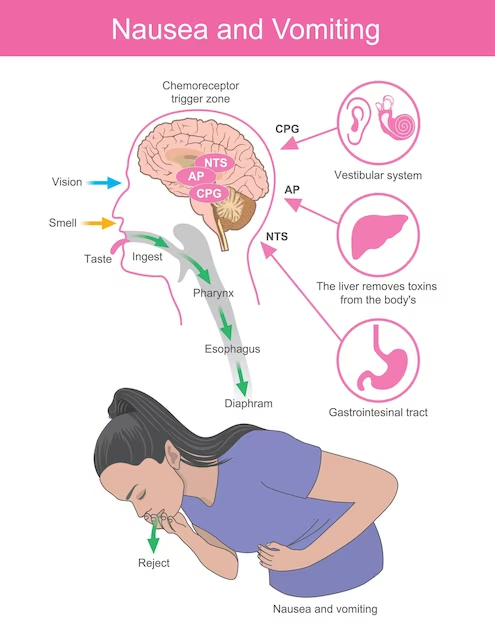
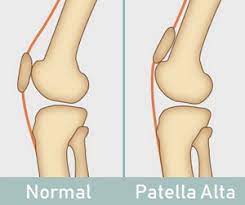
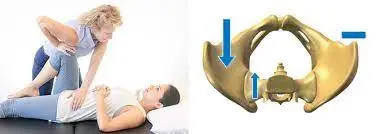
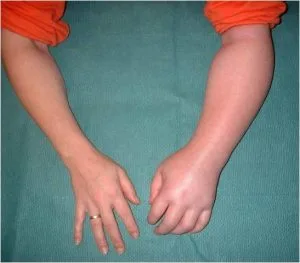
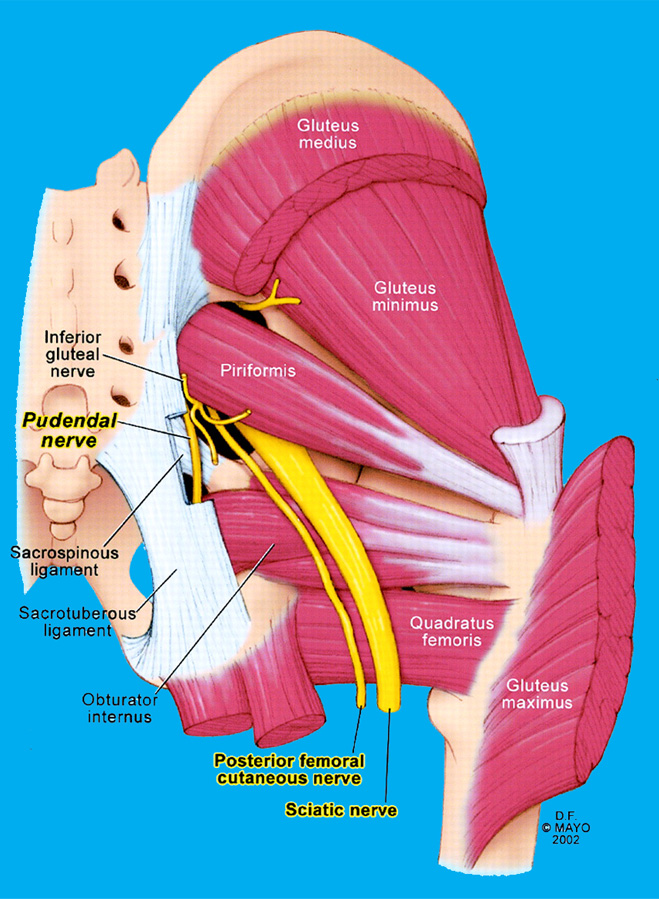
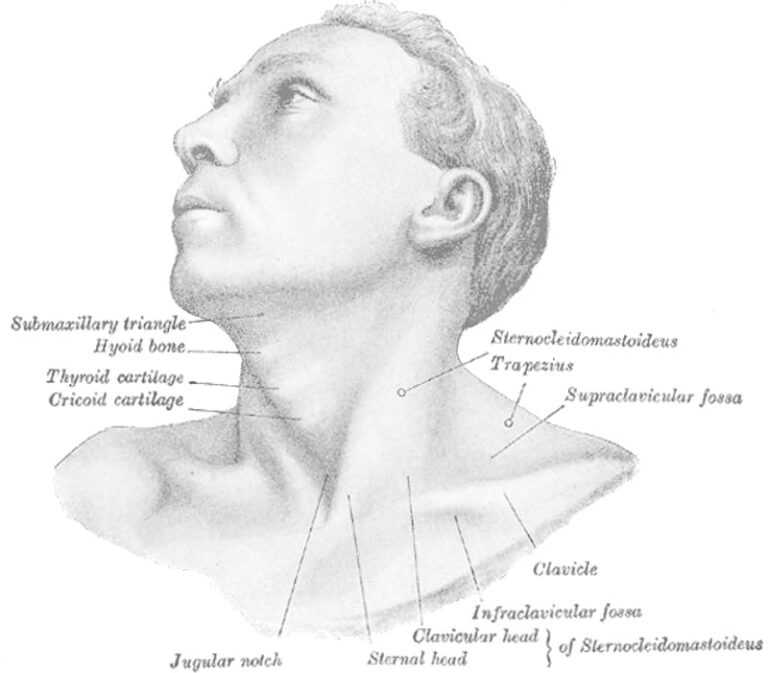
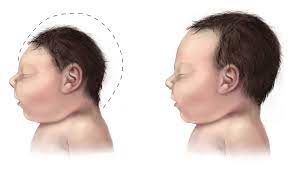
38 Comments